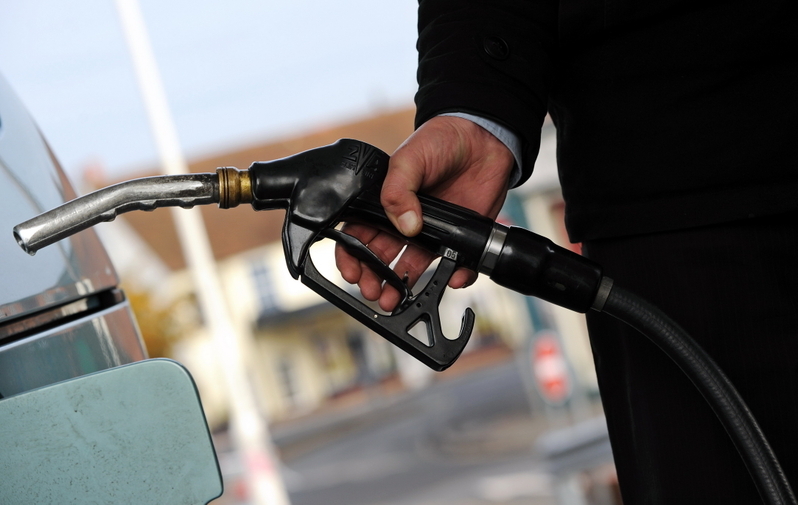DUBAI: The investment in infrastructure that Qatar will have to make after it won the right to host the 2022 football World Cup is likely to lead the economic growth in the gas-rich emirate, economists say.
The tiny nation already has the highest gross domestic product growth rate in the Gulf region, driven by heavy investment in gas projects aimed at raising production and its capacity to export the commodity.
Much of those funds will now be dedicated to a plethora of projects imperative to holding the football showpiece, especially since the emirate has hit its output target of 77 million tonnes of liquefied natural gas per annum.
"The GDP growth drivers will change," said Philippe Dauba-Pantanacce, senior economist for Middle East and North Africa at Standard Chartered Bank.
"Whereas the recent years’ strong real GDP growth in Qatar was mostly due to the build-up of the LNG output, the capital accumulation, due to the infrastructure build-up … will probably play the role of GDP growth relay afterwards and until the World Cup," he told AFP.
Qatar’s GDP is forecast to grow by 8.0 percent this year and 5.0 percent in 2011, Standard Chartered reported this month.
The smallest country by far to host the tournament, Qatar is building its infrastructure from scratch. It is opening new roads and demolishing entire neighborhoods of the capital Doha to pave the way for modern developments.
Projects in the pipeline include a 25-billion-dollar (19.1 billion euro) metro and rail network, some sections of which will be ready for the World Cup, as public transport is virtually non-existent at the moment.
A 10-billion-dollar international airport is also being built in Doha, the first phase of which will open in 2012.
Other major projects include a deep-water port at a cost of seven billion dollars and the four-billion-dollar Qatar-Bahrain causeway. Qatar also plans to spend 20 billion dollars to build and expand roads.
Projects planned for the World Cup include building nine new stadiums, and refurbishing three others at a cost of four billion dollars. These are meant to be air-conditioned by solar power to combat the blazing desert heat.
Officials have also pledged to add 90,000 new hotel rooms before 2022.
"Hosting the World Cup will set tight deadlines, create extra spending, bring in new expertise and present additional motivation and incentives," the National Bank of Kuwait said in a report.
But many projects are not expected to start soon because the football tournament is still such a long time away, Dauba-Pantanacce pointed out.
"The event is 12 years from now and the majority of the projects will not start any time soon. So I do not think there will be any impact on the real GDP growth soon," he said.
"Many mega infrastructure projects were already on the cards anyway, so the difference will only play in the probable acceleration of these projects," he added.
Doha’s stock market had rallied in the wake of naming Doha as the host, with real estate and construction firms leading the march. But stocks soon retreated, reportedly on concerns the market euphoria over earnings was overdone.
Global credit rating agency Standard & Poor’s also said the World Cup was too far away to factor in any rating.
"We do not anticipate any change in the ratings at this time as 2022 is much further into the future than the horizon for our stable outlook," said credit analyst Luc Marchand, anticipating a significant impact in the future.
"We believe the World Cup will have a substantial impact on Qatar’s already promising economic growth over the next few years as the country readies itself to host this major sporting event," he said in a statement.
S&P put Qatar’s additional infrastructure expenditure for the World Cup at 64 billion dollars, or 47 percent of its 2010 GDP.
But the oil- and gas-rich state is not expected to struggle in meeting the cost of revamping the country to cope with the influx of football fans.
"Hydrocarbon receipts will remain the main source of funding," said Dauba-Pantanacce, pointing out that Qatar has already declared it does not intend to tap the debt market to finance World Cup investments.
"We don’t need (bonds)," Prime Minister Sheikh Hamad bin Jassim al-Thani said last week, adding that Qatar’s development plan prior to winning the World Cup bid already covered nearly 80 percent of the needed infrastructure.
S&P said it had similar expectations.
"We do not expect a significant increase in the level of sovereign debt," Marchand said.
Qatar’s total debt issuance by the sovereign, banks and corporates is expected to reach 103 billion dollars by the end of 2010, according to Standard Chartered.
"Qatar’s debt redemption schedule is manageable in the near to medium term, and the state’s returns on LNG exports should help it build considerable reserve assets over the long term," it said.
Meanwhile, the anticipated surge in construction is poised to trigger an influx of contractors and workers into Qatar, whose population is about 1.67 million.
"We should see a strengthening of the immigration flows in the small emirate. Regional companies have already started to position themselves," said Dauba-Pantanacce.







